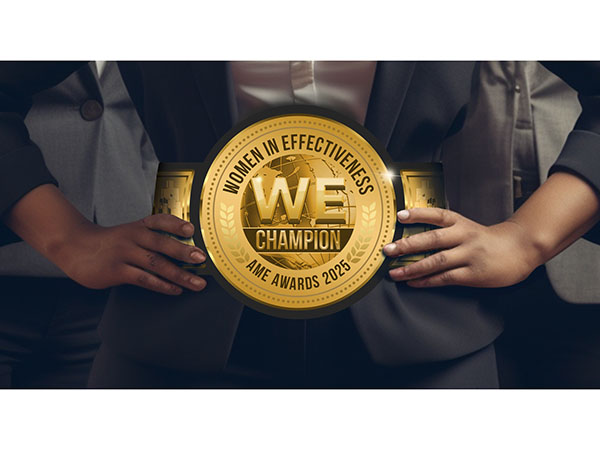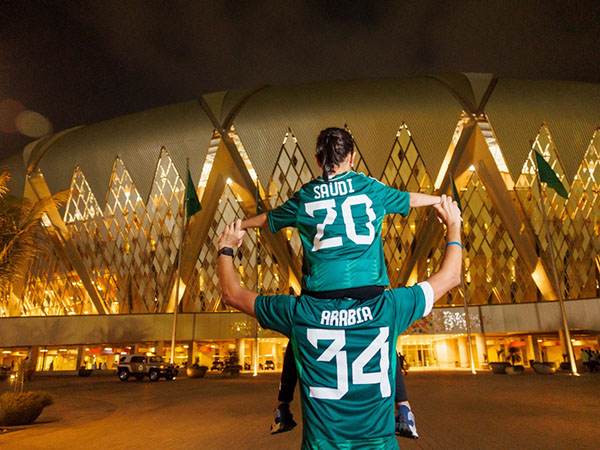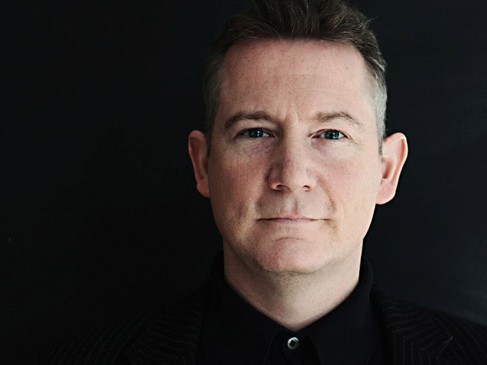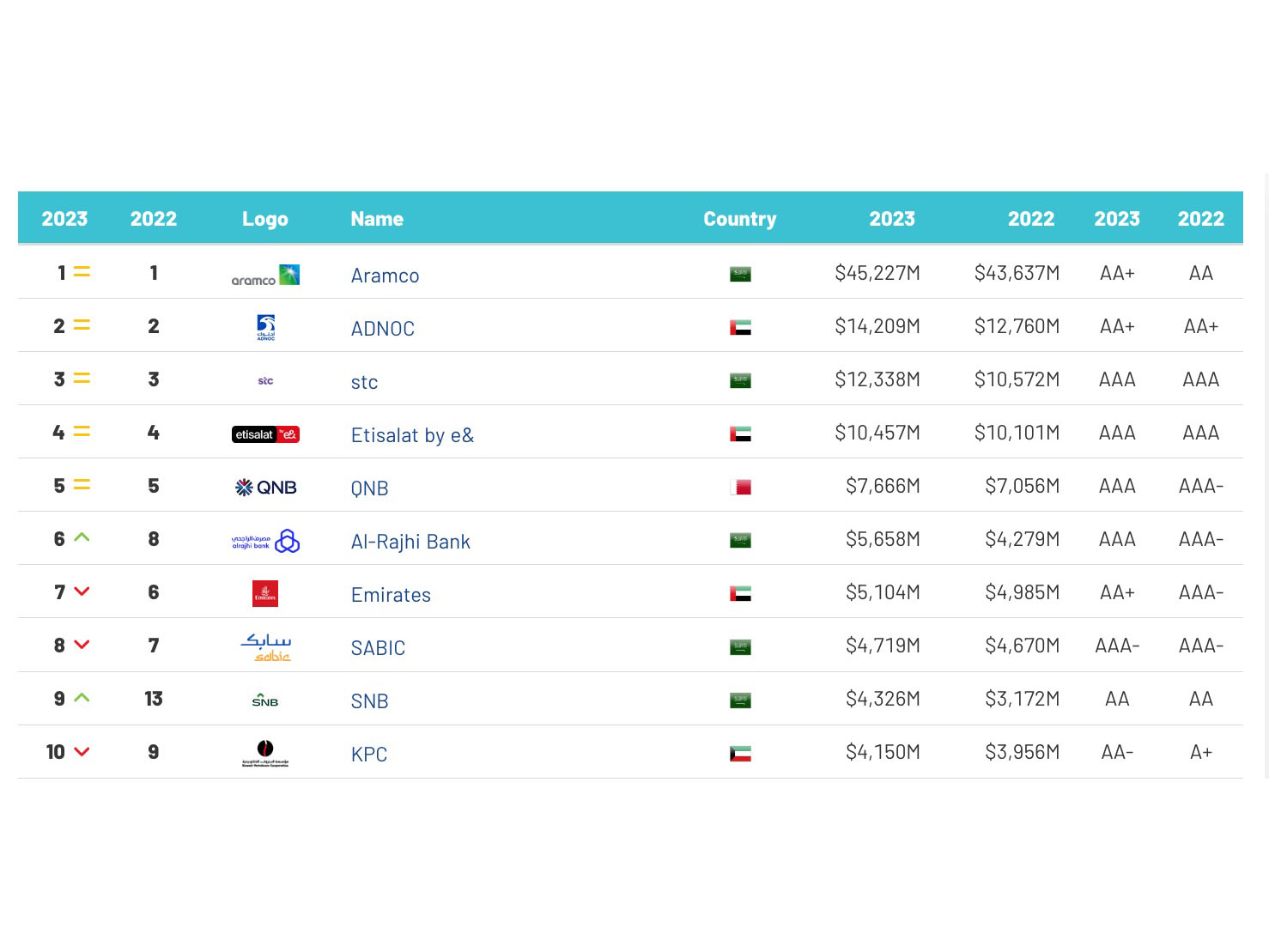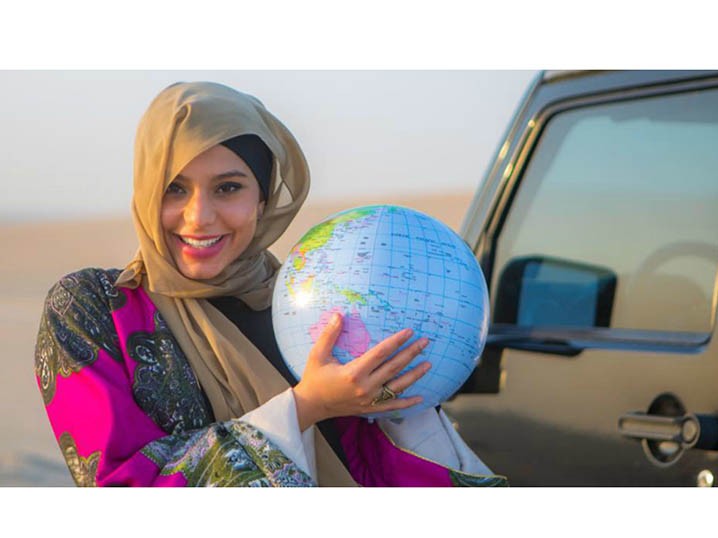Industry Talk - Free Talk
Fighting to Be Heard and Seen: an Interview with Amirah Tajdin
by Iain Akerman
November 20, 2016
.jpg) Advertisement
Advertisement
“Last week I was put forward for a car commercial and all the other directors were white males,” she says. “Three of them hadn’t even done car commercials before. Of course I didn’t get the job. But I wasn’t surprised. The guy they gave it to was a white male, had never done a car commercial before, had never even done a TVC. Why did he get it? No one will ever give you a straight or honest answer.
“I asked around because I want to know, and if there’s a space for me to challenge myself I want that challenge. They were like ‘oh, they’ve worked with him before, they liked his personality’. Okay. You’ve seen my reel, you’ve seen his reel, we’ve been put forward by the same agency or production house, what’s the difference? It can only be one thing.”
Life can be tough if you’re a female commercials director and Tajdin is on the front line. One of only a handful in the UAE, she has directed ads for the likes of Cadillac, Bloomingdale’s, Peroni and Pepsi, yet still faces an uphill struggle against some agencies and clients.
Although she brushes off much of her concern with an occasional ‘whatever’ the annoyance must occasionally wear her down. If it does, she’s not letting it show.
“There was another shoot where the whole campaign was about Dubai – a city like no other, let’s find the depth of the city etc. – and then they didn’t go with a local director,” she says. “The director they chose hadn’t even visited here. He’s expected to come into this city for 10 days and produce this amazing work for them like ‘oh yeah, I get it, Dubai’. I think what clients and agencies don’t realise is you can do that with cities like New York and London and Paris because we’ve seen them in a million and one movies, they’re thoroughly documented, and as a director you can fly from anywhere, go there and still shoot something super cool that’s authentic to the city. That’s not the case with Dubai, where the nooks and crannies you can experience here are not as easy to find.”
“It’s about finding your tribe, and I think I’ve found a very nice tribe. But it’s a shame for me to wake up sometimes and look up and see that all my team are boys. Where are the girls?
Softly spoken with frequently piercing eyes, Tajdin was born into a Swahili/Omani community in Kenya and has spent much of her life between Nairobi, South Africa and Dubai, where she spent her teen years and now lives. Although her time appears primarily focussed on personal work, such as short films and prospective features, it is advertising that is her bread and butter.
Much of that work is created with producer sister Wafa Tajdin, who she spent four years with in Kenya before moving back to Dubai. It was there that they forged their working relationship, produced their first long-form documentary together, and shot a short film that did well on the festival circuit.
Two years ago, however, they moved back to the UAE.
“That’s where I’ll always give mega kudos to Dubai, because as a female director of colour who was 28 when I got here two years ago, I got access to stuff that I would never get anywhere else,” admits Tajdin, who graduated from Rhodes University in South Africa and Goucher College in Maryland with a degree in fine art photography. “That’s a huge part of being able to find this balance between commercial work and developing our feature film.
“And then there’s the lovely part of being a female director in this part of the world, where there’s an undying respect for women, which is also one of the reasons why I moved back here. Living in Cape Town or Nairobi as a woman, you’re vulnerable to some things that don’t happen here. On set I have my boys now, we have our rhythm, there are still moments when I walk into certain spaces and because I’m softly spoken they’ll listen to the white DOP over me, but process is being made, even if it is slow.”
Who’s to blame for the reticence to embrace female directors?
“You know, what I find changes with each agency is that there’s our generation – the Millennials if you want – and the older generation. The younger creative directors don’t see these things – that you’re a woman, you’re young, you’re of colour – but there are ECDs who call the shots and they’re still talking rubbish. But it’s changing. Clients (not all of them) too are still not ready to take risks and they sometimes control the agencies, so there’s this strange limbo that we’re caught in as a director.
“That said, there are super clients who are also willing to come directly to the director now, and that’s been a comfort, knowing that’s changing as well. Agencies are just going to have to re-evaluate how they do things.”
Statistics globally paint a depressing picture when it comes to female directors, and even those who are doing well – such as Kim Gehrig – continue to face sexism. Yet rather than dwell on the plight of women, Tajdin is more focused on growing, pushing herself, and developing as an artist.
“I’ve seen a lot of directors and photographers in Dubai who came here 10 years ago and are still shooting the same thing, and then they’re complaining they’re not getting any work,” she says. “I’ve realised our generation is probably the most petrifying generation because we don’t give a damn about money or doing things by the book. Maybe somebody’s going to be saying the same things about me in 10 years, but I’m constantly doing stuff on the side that’s with small to non-existent budgets – sometimes 4,000 dirhams, which is not even a budget – and I’ve been lucky enough to find DOPs who want to work with me, and I want to work with them.
“It’s about finding your tribe, and I think I’ve found a very nice tribe. But it’s a shame for me to wake up sometimes and look up and see that all my team are boys. Where are the girls? We’re going to have to be the mentors to those rare girls on shoots, because there are very, very few of us who are doing it, or who do it and then see it through for the rest of their lives. It’s a daily struggle, but it’s that struggle that also allows me to create art.”






.jpg)

